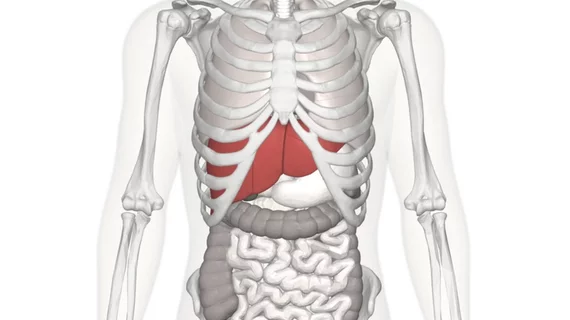Novel ‘ARFI’ imaging succeeds as method for evaluating liver fibrosis
A novel ultrasound technique known as acoustic radiation force impulse (ARFI) imaging has proved useful in evaluating liver fibrosis, opening the field to a more universal method for measuring tissue repair, according to a Radiology study of 500 hepatitis B patients in Taiwan.
The research, led by Tung-Hung Su, MD, PhD, of the Division of Gastroenterology at National Taiwan University Hospital, found ARFI imaging could help circumvent invasive procedures like liver biopsy while being superior to other noninvasive methods like transient elastography, which is limited in its reach and has produced unreliable results. And since obesity, alcohol abuse and viral hepatitis are on the rise worldwide, more individuals are facing chronic liver disease and the risk of cirrhosis.
Su and his colleagues said in Radiology that ARFI, which is performed with ultrasound, allows clinicians to assess tissue stiffness noninvasively by measuring wave propagation speed.
“The advantage of ARFI is a direct visualization of the region of interest,” Su told the Radiological Society of North America. “The target ROI can be adjusted manually to avoid major vessels or ascites, and performed in patients with thick subcutaneous tissue.”
The team tested their tool in 559 patients who underwent ARFI exams at National Taiwan University Hospital between 2012 and 2016, comparing serial ARFI measurements in patients without antiviral therapy to those with antiviral therapy.
ARFI values seemed to correlate with both fibrosis-4 index and Fibroscan results, Su et al. reported, and while the values remained unchanged in the patient cohort without antiviral therapy, they declined in the group with antiviral therapy—regardless of whether a patient presented with cirrhosis or not.
“As documented by serial ARFI examinations, antiviral therapy reduces liver stiffness in chronic hepatitis B patients,” Su said. “We concluded that ARFI ultrasound is an important clinical noninvasive test for liver stiffness measurement and can be used for serial measurements in the management of chronic hepatitis B.”
ARFI could also help to differentiate between benign and malignant liver tumors, he said, and can be applied to other organs, like the kidneys, pancreas, thyroid, spleen, brain and breasts.

